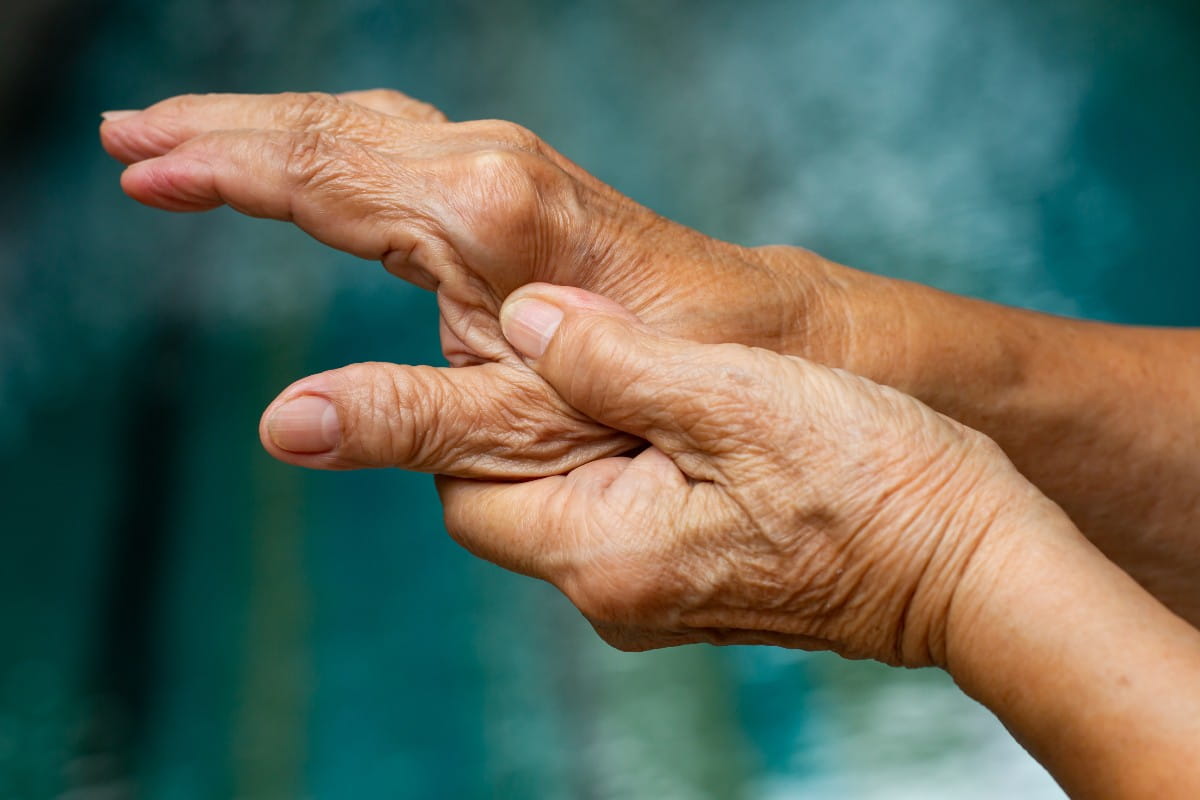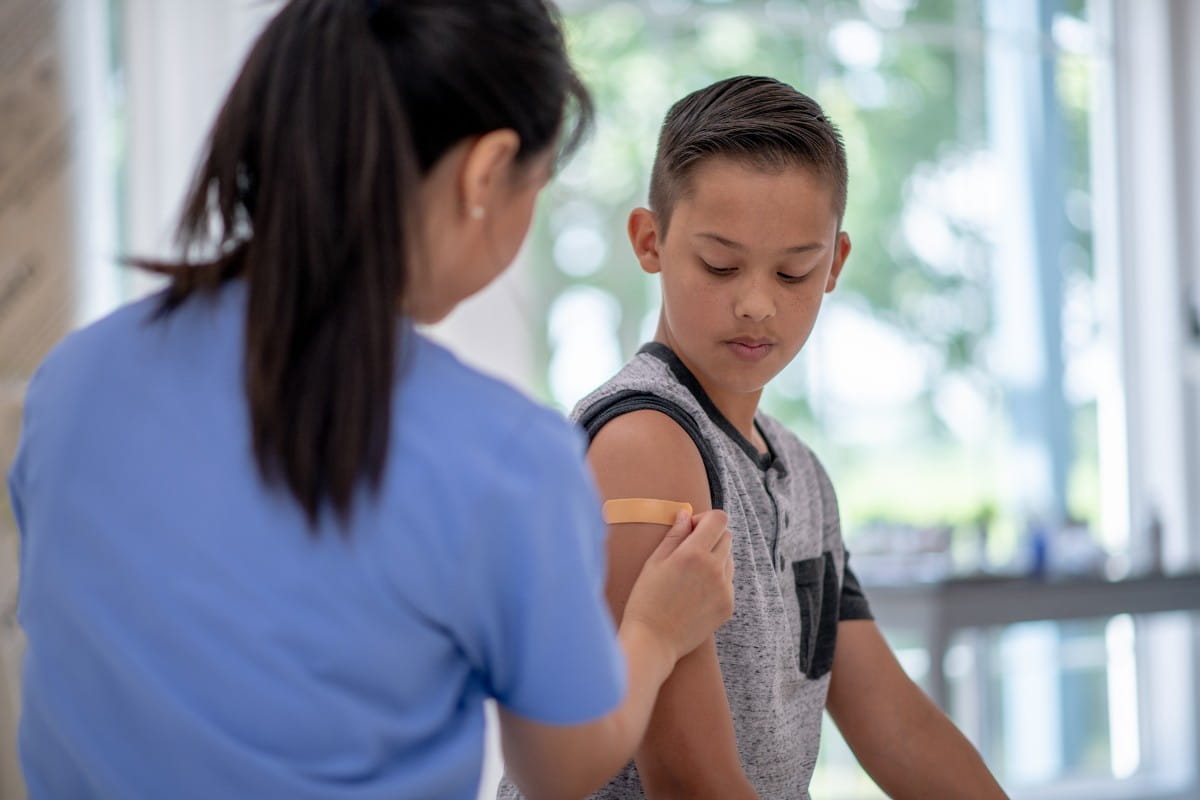Cervical cancer used to be the leading cause of cancer deaths among U.S. women. That was before Dr. George Papanicolaou's "Pap smear" became the gold standard to detect abnormal cervical cells in the 1940s.
Thanks to his discovery, the number of cervical cancer deaths declined from a high of 35,000 per year before Pap smears to 4,000 per year today.
"The advances in dealing with cervical cancer get even better," says William Irvin, M.D., director of gynecologic oncology and minimally invasive surgery at Riverside Regional Medical Center.
"While a Pap smear can spot cervical cancer early, a vaccine introduced in 2006 to fight the human papillomavirus, can actually prevent it."
What is cervical cancer?
The cervix is the lower, narrow end of the uterus. Cervical cancer typically affects women between the ages of 35 and 44. It's rarely found in women under 20.
Symptoms of cervical cancer usually don't show up until the disease is advanced. They include:
- Abnormal vaginal bleeding
- Bleeding and spotting between periods
- Longer and heavier periods
- Pain during sex
- Unusual vaginal discharge
A Pap smear collects cervical cells to determine if they are precancerous or cancerous.
Many women with precancerous cells will never develop cervical cancer. The process can take years. For some women, however, cervical cancer can develop in less than a year. That's why it's so important to schedule an annual GYN exam.
The American College of Obstetricians and Gynecologists recommends this screening schedule:
Age 21-29 — Pap every three years
Age 30 to 65 — One of three options:
- Pap test and an HPV test (co-testing) every five years
- HPV test alone every five years
- Pap test alone every three years
Age 65 — No screening needed if women have no history of cervical changes
HPV vaccine
HPV is the most common sexually transmitted infection in the United States. By vaccinating kids when they are young, parents can protect them later in life from several different types of cancer.
According to the Centers for Disease Control, HPV is responsible for:
- Sixty percent of penile cancers
- Seventy percent of vaginal and vulvar cancers
- Ninety percent of anal and cervical cancers
HPV can also cause cancer in the back of the throat and genital warts.
Boys and girls normally start the HPV vaccine at age 11 and 12 with two doses at least six months apart.
According to Dr. Irvin, "Children who start the vaccine series on or after their 15th birthday will need three shots over six months. We recommend the vaccine for people up to 26 years old if they have not been vaccinated."
Possible side effects of the vaccine, while not common, may include dizziness or fainting, headaches, nausea or pain, redness, or swelling in the arm where the shot was given.
If your child or teen is not vaccinated from HPV, please make an appointment with one of our primary care providers to start the series.
Resources
- American College of Obstetricians and Gynecologists, https://www.acog.org/Patients/FAQs/Cervical-Cancer-Screening#often
- CDC: Human Papillomavirus, https://www.cdc.gov/hpv/



